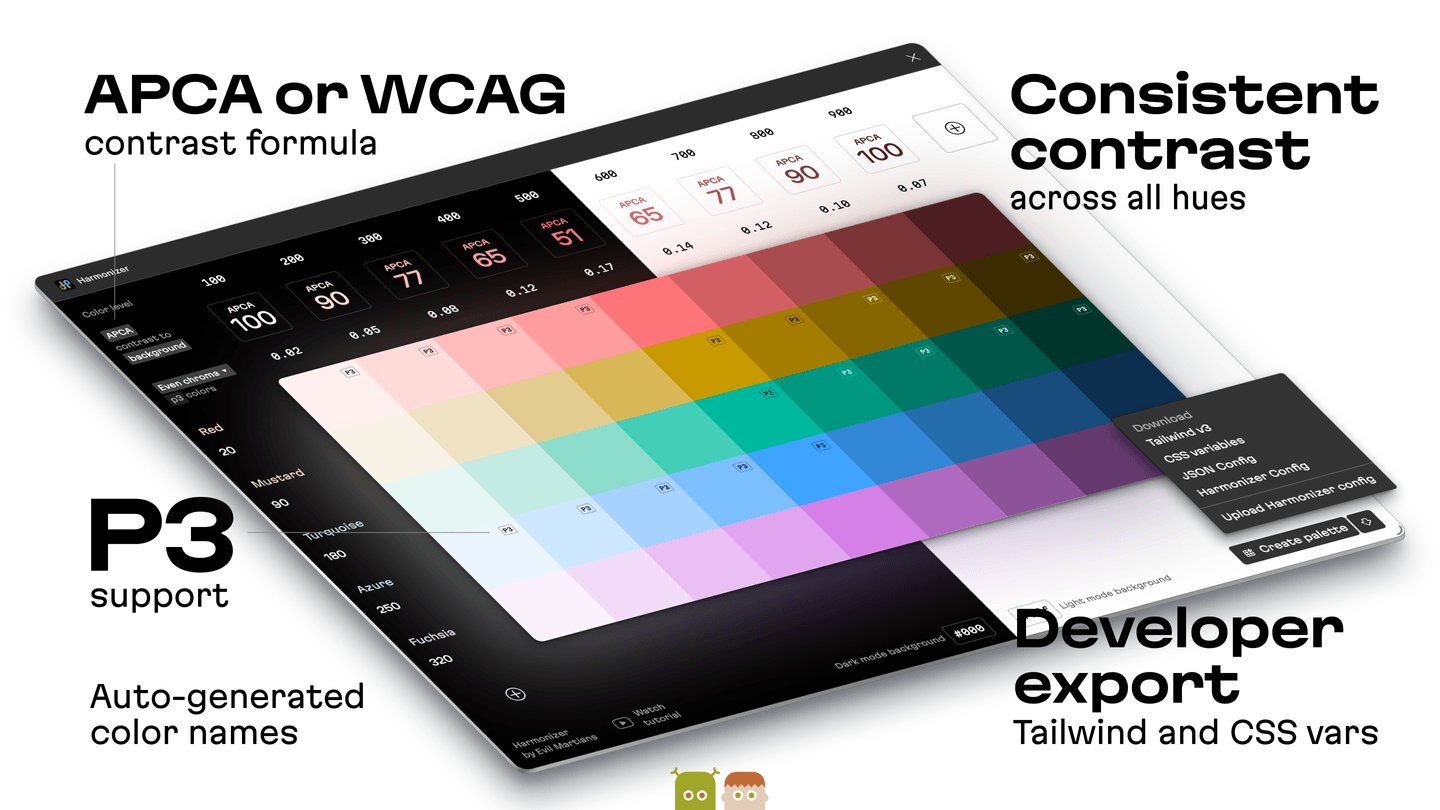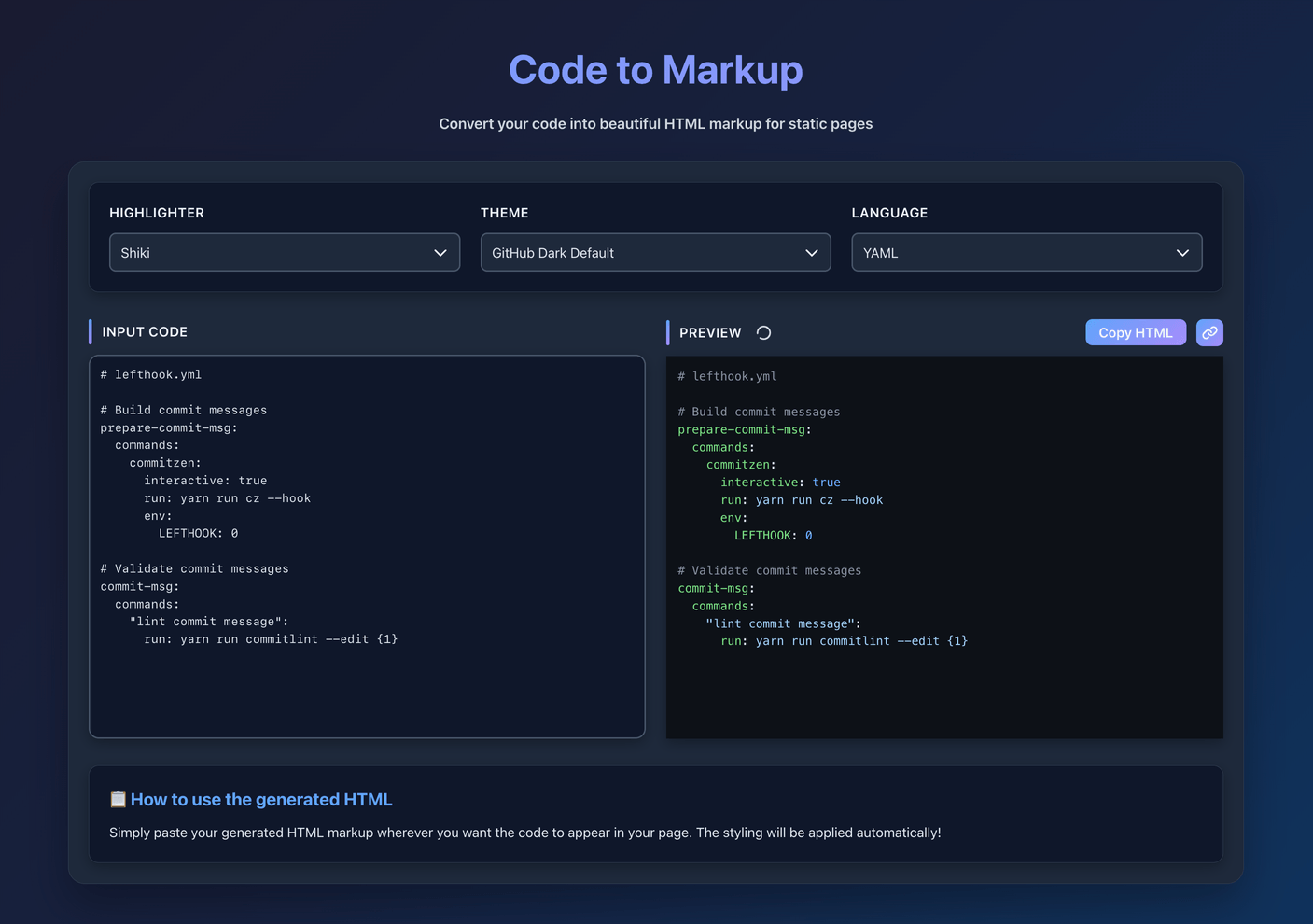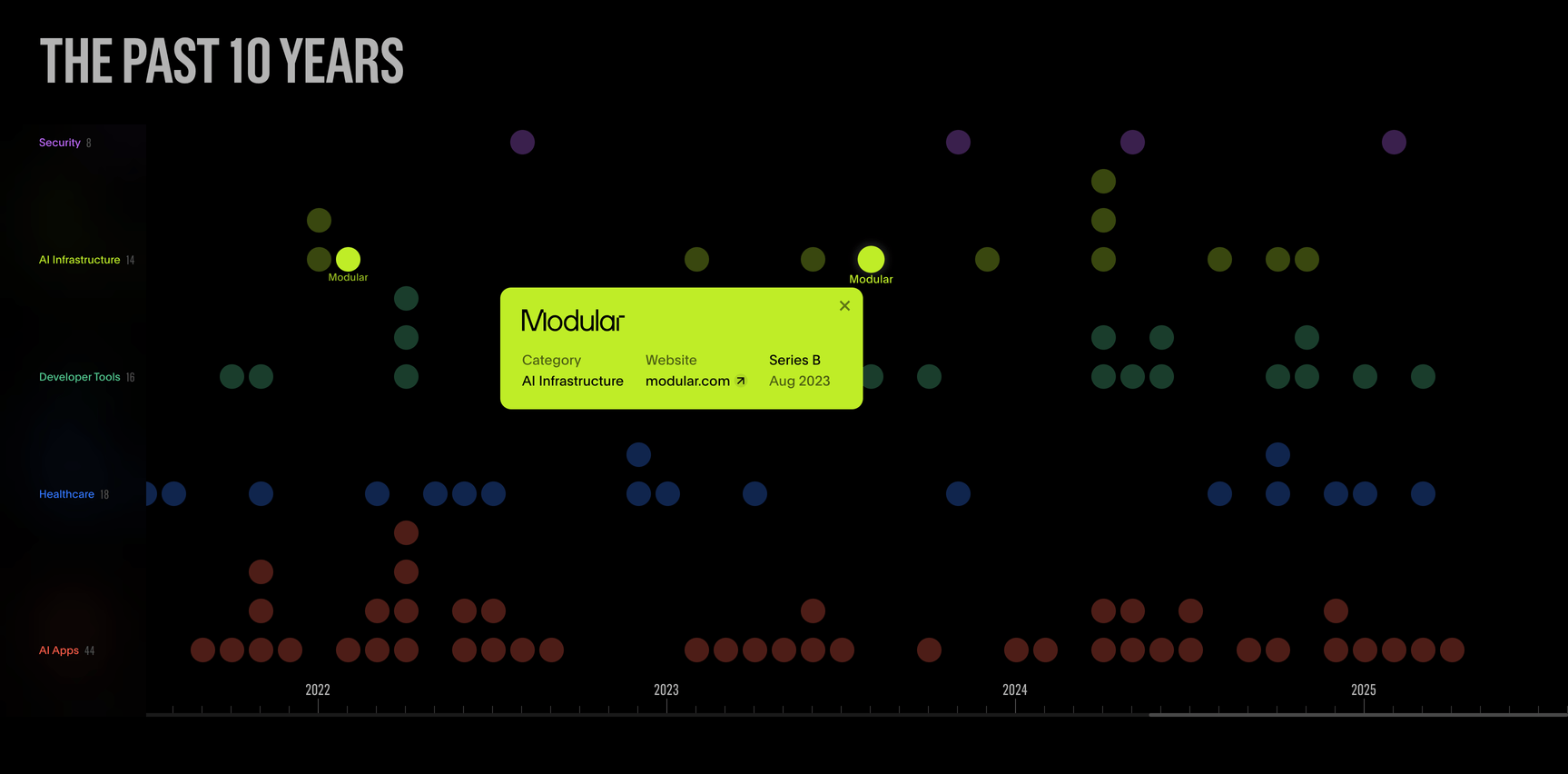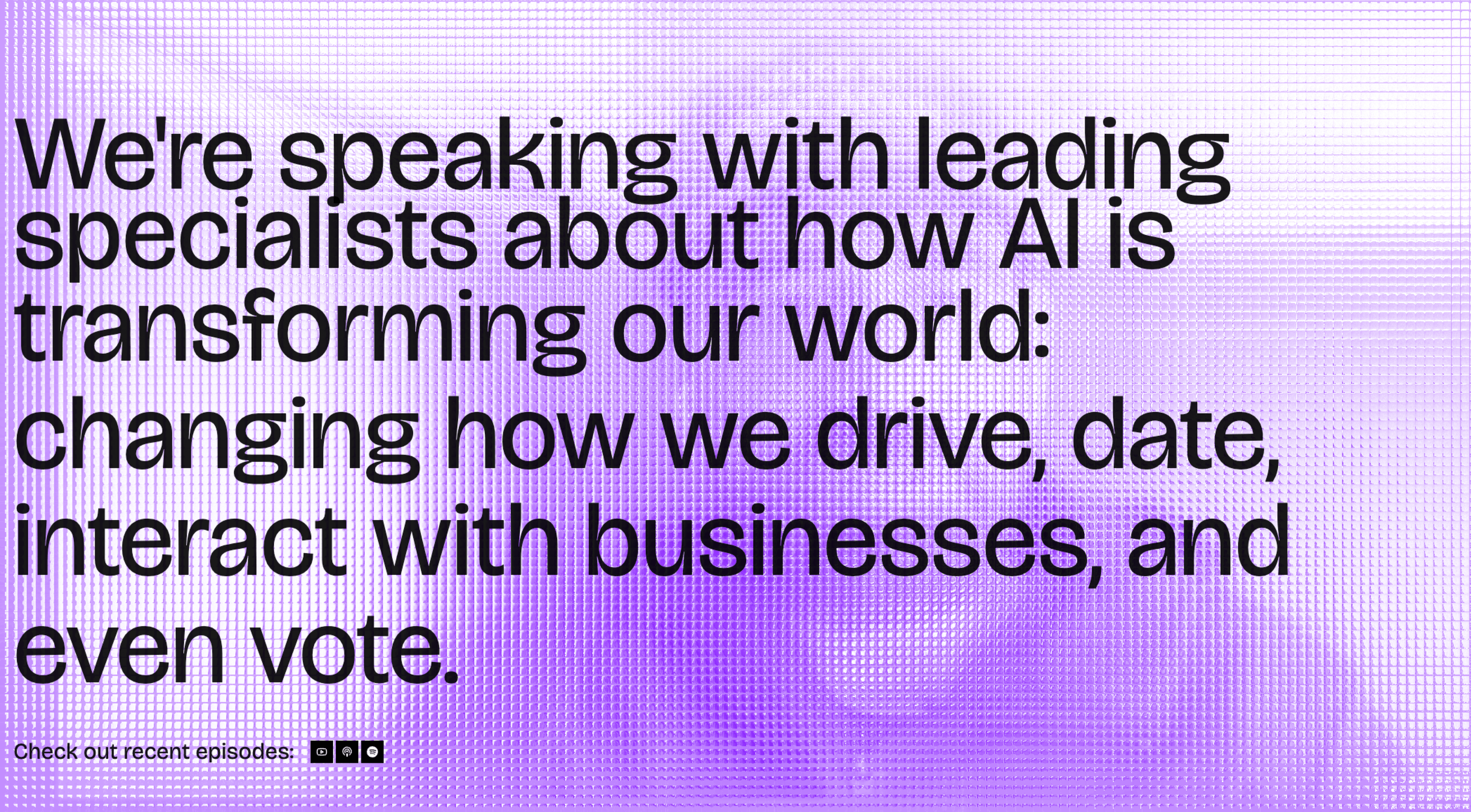Design engineering

Share on
Skills
- Webflow
- Vibe coding
Ship features in weeks, not months. Evil Martian designers eliminate the design-to-dev handoff using AI-powered workflows and direct code implementation. Hot startups, like bolt.new, choose us to accelerate from concept to production-ready features.
Ship to prod with our 2-week design engineering sprint for $12,000
We’ll take your project from idea to code:
- 1 expert Martian designer who codes
- AI-powered prototyping with instant validation using bolt.new, Claude, and no-code tools
- Direct code tweaks by the designer who created it—zero handoff delays
- Production-ready code your team integrates immediately
Need more scope? Add weeks at $6,000 each

Irina Nazarova CEO at Evil Martians
Fast design-to-code process
Evil Martians leverage tools like bolt.new, Webflow, Jupyter Notebook and many others to dramatically accelerate our design-to-code process. AI-powered workflows let us rapidly prototype fullstack applications and build websites, test hypotheses in real-time, and iterate on designs with immediate feedback loops. All without involving your engineering team.
Fast iterations
Our designers use developer tools daily and understand their principles and limitations inside out. When they spot a UI issue, they fix it directly in the code, identify the problem, implement the solution, and submit a merge-ready PR. This keeps your developers focused on building features instead of tweaking button spacing. No handoffs, no delays, just continuous progress toward shipping.
Harmonizer
Figma plugin and web application for generating accessible, consistent color palettes for user interfaces.
To launch this product, our designer used a design engineering approach. First, they created a quick prototype using Bolt.new and validated the idea. Then, they downloaded the project, improved the UX and visual issues, and finally handed it off to the developer for fine-tuning and preparing it for release.
This approach helped us launch much faster: all design tweaks were handled by the designer without the usual back-and-forth with a frontend engineer. By the time the engineer stepped in, the product vision was solid, with no changes to the scope mid-flight.
Code to markup
Web application for converting code snippets into a beautiful HTML markup for static websites.
Another example of the design engineering approach — this time from the perspective of a frontend engineer rather than a designer — is our tool created to facilitate code snippet integration on developer tool landing pages and other lightweight sites.
Our engineer analyzed the problem, gathered the requirements, and generated a working solution using Claude. Once it proved effective, they downloaded the code, cleaned it up, reorganized it, and launched it as an open-source tool.
The design engineering approach made it possible for a single developer to unblock a related project where the code snippet issue was first discovered and deliver a working solution in just a few days. By saving time on design and skipping the traditional designer-to-developer handoff, they were able to bring the tool to a releasable state much faster.
Interactive data visualization
For another client, a Martian designer used the design engineering approach to dramatically speed up the idea-to-implementation cycle. They gathered raw data and explored dozens of chart types with Gemini in Google Colab — something that would’ve been impossible to do manually. This exploration helped them skip traditional mockups entirely. Once the chart type was chosen, they automated complex layout tasks in Figma using custom scripts written with ChatGPT. Finally, they brought the visuals to life with a Bolt.new prototype that doubled as the handoff: the frontend engineer reused many parts directly in production.
This approach let us start broad, iterate fast, and ship a polished, interactive chart in record time — all without the usual delays between design and development.
Creative landing page
For this project, our designer used Bolt.new as a creative companion to explore what’s possible when building a website with AI. They shaped the design directly in code instead of using conventional tools — challenging Bolt.new with fearless prompts like “add a shader on top of this background video” or “add a dynamic glitch effect to the title,” pushing creativity with every iteration. This process helped us break boundaries and achieve results that would be otherwise unreachable—both from a design and technical perspective.
Let’s test your hypotheses fast and build your product with zero design-development friction.



